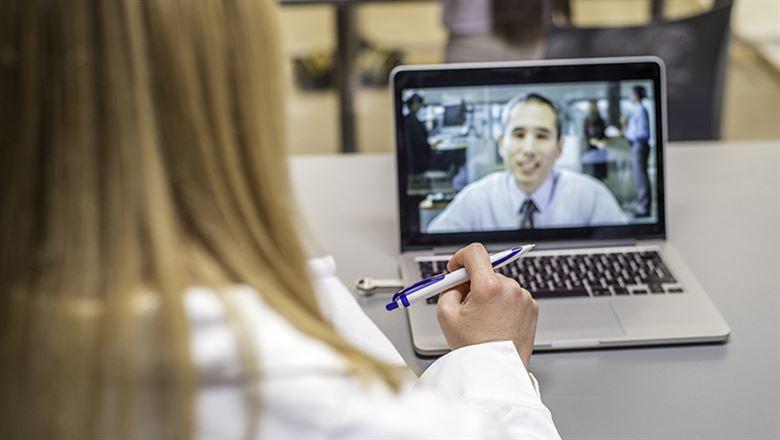Bridget Bradley
Bridget Bradley is communications assistant at the Center for International Private Enterprise in Washington, DC.

Running a mentorship program that connects association professionals around the world poses some big challenges, but one organization discovered the elements that make global mentoring work. Here are lessons they learned.
Developing an effective mentorship program isn't an easy undertaking. Even after you've managed to convince people to participate, matching talent, time, and interest levels can be a grueling process—which is even more challenging when you're coordinating cross-cultural and cross-continental experiences.
Despite the potential difficulties, the Center for International Private Enterprise thought a mentorship program would help further its mission of strengthening democracy around the world. CIPE envisioned a program that would help emerging associations abroad achieve their goals, grow, and become more effective contributors to their country's economy and governance process. In 2011, that vision was realized in the "KnowHow" mentorship program.
CIPE paired experienced volunteer association professionals in the United States and Europe with their counterparts in developing countries. The individual mentors and mentees often did not come from identical industries, but all came from various business associations or chambers of commerce from across the globe. The mentors and mentees Skyped at least once a month in a one-year period.
The experience was enriching for the mentees, who achieved their goals and left the program with the tools to continue enriching their organizations.
During the calls, the mentees shared their challenges and goals, and mentors would provide advice on strategy, planning, and implementation. In the first month, the mentors and mentees developed their long-term goal or goals, and in subsequent calls, they worked together to make the goals a reality. These goals often dealt with technical experiences, such as how to increase membership, best practices in marketing, or advice on advocating regulation reform in their local communities.
Although each mentee organization had different needs and specific projects, some of the program's common themes were educating leaders to better serve their members and developing independent voices in their business communities.
The experience was enriching for the mentees, who achieved their goals and left the program with the tools to continue enriching their organizations. It also benefited the mentors, who walked away from the exchanges with new ways of thinking—even with decades of experience under their belts.
Peter O'Neil, FASAE, CAE, was executive director of the American Industrial Hygiene Association when he participated in the program. He told CIPE that his experience mentoring staff at the Association of Business Women in Serbia bolstered his belief that "associations and volunteers advance the world, pure and simple."
Several elements made the KnowHow program successful and would be important considerations for any organization developing an international mentorship program:
After 11 successful pairings, CIPE ended the program in 2012 on a high note. Many of the relationships forged during the program had a lasting impact for both parties, and especially for the mentor.
For example, Susan Sarfati, CEO of High Performance Strategies, mentored the Bangladesh Women Chamber of Commerce and Industry. During that time, BWCCI was able to develop and implement a strategic plan and execute efficient management systems to oversee their growth.
"BWCCI has grown tremendously, and I know that they now serve as mentors for other women chambers in South Asia for CIPE," Sarfati says. "For me personally, volunteering as a mentor was one of the best experiences in my varied and long career.… Getting to know the leaders of BWCCI was an honor and a great pleasure, and now being personal friends is very gratifying for me."